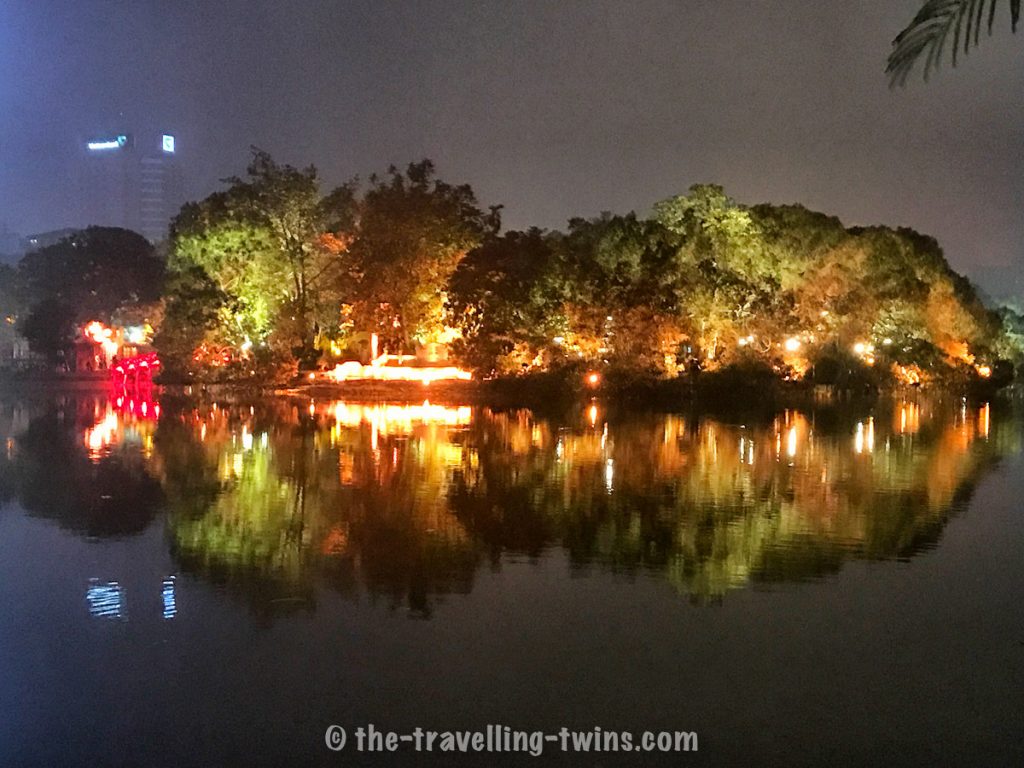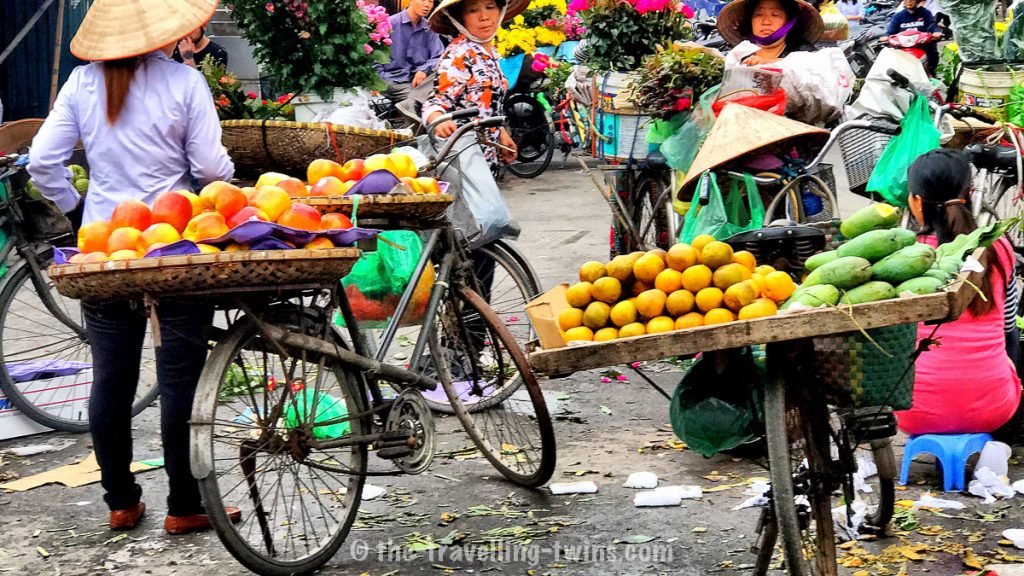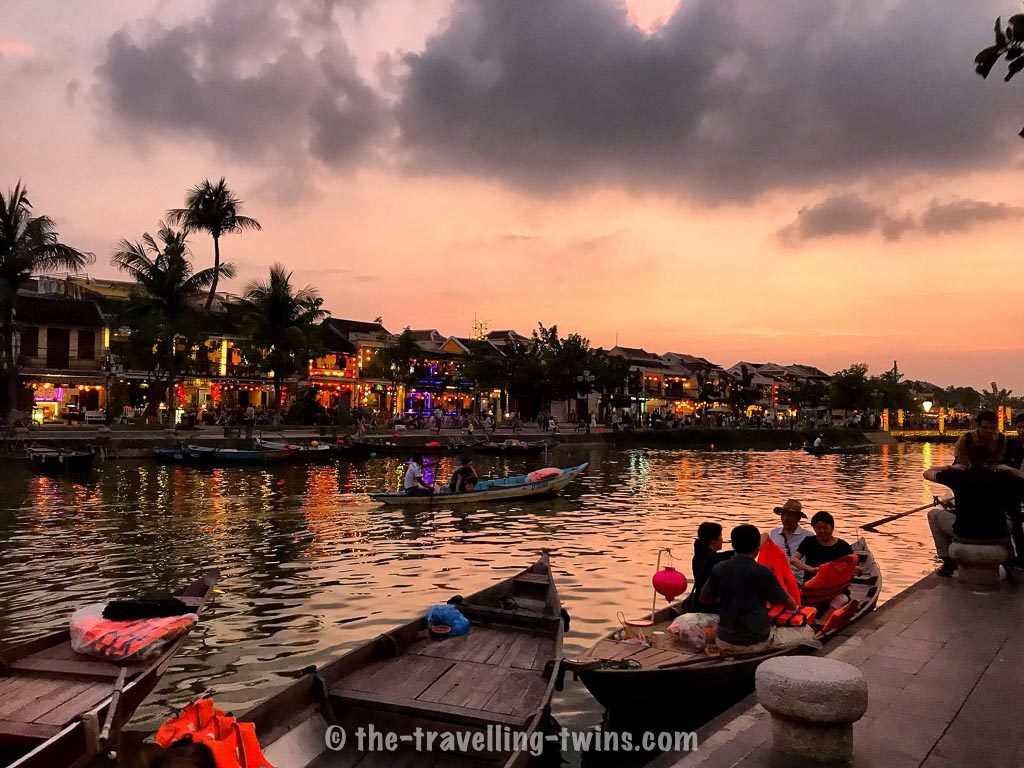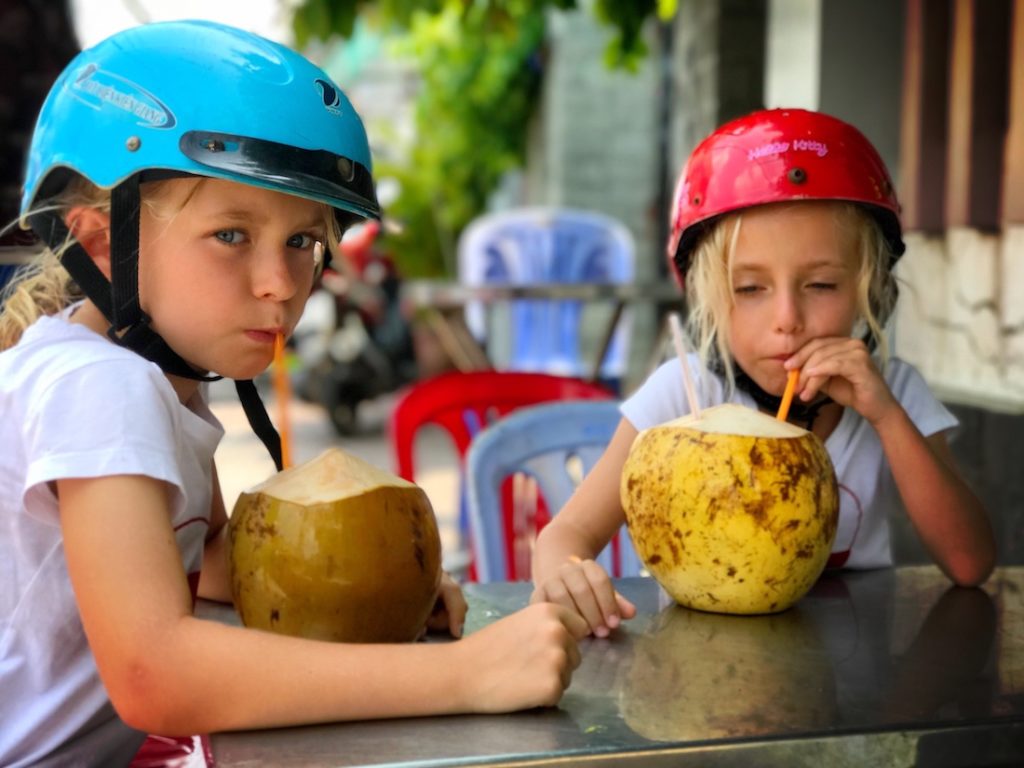
Are you planning to visit Vietnam with family? You should know when is the best time to explore it, especially if you are planning a family trip to Vietnam – Read, enjoy and visit Vietnam
When is the best time to take that family trip to Vietnam…
Of the many questions that puzzle travellers and tourists about Vietnam, some of the most common are about the weather and climatic conditions. Simply put, before visiting Vietnam, it is best to understand the weather condition for that particular time of year. This is especially the case when travelling with kids. Nothing ruins a travel experience worse than having bored children on your hands when you can’t get out and about. All that can be avoided with the right knowledge – read on.
The Climate in Vietnam
While Vietnam is mostly described as humid and warm, in truth, it is more complex than that. There is therefore no “right time” to visit Vietnam. This is because the weather conditions vary from region to region. This does not come as a surprise when you consider that from north to south, Vietnam covers more than 16 degrees of latitude, 1,600km (1,000 miles) from the tropic of cancer, going south two thirds of the way to the equator. Bearing this in mind, the best way to understand Vietnam’s climate is according to region and time of year. A simple analysis gives:
- Northern Vietnam
- Central Vietnam
- Southern Vietnam
The Climate in North Vietnam
Northern Vietnam consists of
- The North with places such as Hanoi, Mai Chau, Cuc Phuong, Ninh Binh and Halong Bay.
- The Far North with the mountainous regions of Sapa, Ha Giang, and Mu Cang Chai.
In Hanoi and other close northern regions, it is usually humid and hot between May and October (Summer). The area also experiences a high frequency of rainfall during this period, with July, August and September having the highest levels of rainfall. Between November and April (Winter), this part of the north is cool and much drier. The months of January, February and March are the coldest in this region.

We love Vietnam especially Hanoi which is our kids favourite read – Hanoi with Kids
The Far North is mountainous and comprises north east areas such as Ha Giang, and north west areas such as Mu Cang Chai. The Far North has a clear-cut rainy season and dry season. The rainy or wet season runs between April and September, while the dry season starts in October and ends in March. The months of December and January are known to be the coldest. Therefore, if you plan on bringing your kids to this region around this time of year, you should be prepared for cold nights. For northeast areas of the far north, experts advise traveling during the dry season and avoiding the region completely (if possible) during the wet season.

If you are looking forward to some adventure, perhaps cycling or hiking, the best time to visit areas such as Sapa are around the months of March, April, May, and then during September, October and November. During these months, the temperature during the day and night are suitable for such activities (within the ranges of 16 to 27 degrees Celsius and 11 to 17 degrees Celsius for day and night respectively). However, such activities are also possible during other periods.
The Climate in Central Vietnam
Central Vietnam consists of regions such as Hue, Hoi An, Dalat, Quy Nhon, Danang, and Nha Trang.
Within this region, the climate varies between areas. Even right at the centre, the weather conditions of Hue, Hoi An and Danang differ from those of other areas of central Vietnam and they also differ slightly from each other. These areas all experience typhoon rainfall in a wet period peaking during October and November. They are dry and hot from January to August. During this period, temperature peaks at about 35 degrees Celsius.

Read about one of the most charming places we visited in Vietnam – Hoi An with kids
However, at the beginning of every year, Hoi An is notably hotter than Hue. Both places also experience large variations in daily temperatures. Despite being of a weather pattern that bears a great deal of similarity with that of Hoi An, Quy Nhon, is known to have a longer dry period than Ho Ani. This has been attributed to its nearness to the south.
An even longer dry season is experienced by those in Nha Trang. This area is located at the southern edge of central Vietnam and experiences a dry season for about nine months from January to September. The rainy season in Nha Trang runs from October to December, with the peak period in October and November (accounting for about 50% of the total yearly rainfall in the region).
Dalat experiences its dry season between November and May every year, but the months of December and January are very cold. Outdoor adventure can be difficult in Dalat from June to October as the region is wet during these months.
The Climate in South Vietnam
Southern Vietnam consists of areas such as the islands of Con Dao and Phu Quoc, Mui Ne and Phan Thiet, Ho Tram and Long Hai, as well as the Mekong Delta and of course Ho Chi Minh City.
The climate of the southern part of Vietnam is simple and relatively more predictable. There is a distinct rainy and dry season in this part and it experiences fairly constant temperatures throughout the year from 25 to 30 C. Generally, the rainy season runs between May and November and the dry season between late November and early May. The peak wet period is between July and August, and the driest times are experienced in this part between February and May. The rainfall during the rainy season occurs usually as short heavy afternoon downpours.

Many travelers enjoy the islands of Con Dao and Phu Quoc especially because it is usually sunny in these areas, particularly during the dry season. It is, therefore, a popular part of Vietnam to visit with kids.
Vietnam is a great place to visit with kids. Consider the climate for the region you are visiting and ensure the best experience of this beautiful country.

Have you heard about Phu Quoc Island. We loved it.
Best time to visit Vietnam with family – Share it, Pin it for later
